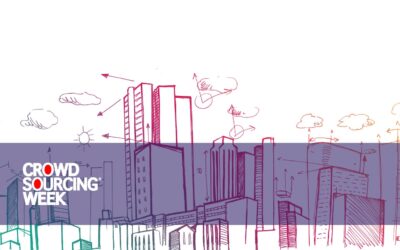Below is a preview of a chapter I wrote on Crowd Empowered Microfinance in the forthcoming book Microfinance in Developing Countries, edited by Jean-Paul Gueyie, Ronny Manos, and Jacob Yaron.
One of the central benefits of crowdfunding is social media and web based platforms serve as a modicum for communication, allowing individuals to easily access capital regardless of where they are geographically situated. For individuals in developing nations, crowdfunding is a viable option insofar as the internet and mobile phones allow entrepreneurs to communicate with potential investors without the cost of travel. Through the internet, microfinance increases its depth of outreach, a concept which Kiva.org has demonstrated over the past several years by combining microloans with crowdfunding. While the model is currently loan based, the future could bring equity based models, where investors receive equity for supporting small and medium sized businesses. In addition to funding businesses, investors could also assume more of an entrepreneurial role by becoming part of the business and assuming operational responsibilities. With improved accessibility through mobile phones and social networking, the ease of information sharing will revolutionize not only the way loans are given, but the assumed roles and responsibilities between the lenders and entrepreneurs.
Credit scoring in developing countries has room for improvement, insofar as microfinancing institutions facehigh administrative costs per dollar while lacking economy of scale. Moreover, entrepreneurs and individuals looking to start businesses may not have the established credit history one might find in a developed country. Crowd-sourced credit scoring is one possible solution, whereby the crowd provides ratings for requested loans to gauge whether or not the borrower will be able to return the money to the lender. Crowd-sourced scoring has been extremely effective for eBay and could potentially help overcome asymmetric information and search cost problems associated with developing countries.
As crowdfunded microfinance loans tend to be small in value, we should look to mechanisms like exchange-traded funds (ETF) layered by microfinanced institutions. This mechanism would allow individuals to easily provide bigger investments. Currently, MFIs are structured similarly to banks where a small number of individuals own the whole operation. If MFIs were crowd-owned, individuals in developing countries could be partial owners by allowing them to purchase individual shares in a given company, making it in their interest to see the business work and receive money on their investment. Additionally, many microenterprises are not catering to a huge local demand for their product or service. By introducing prepurchasing models into the system via crowdfunding, microenterprises will see additional demand for their product/service, creating a more sustainable business.
The wisdom of the crowd can be further utilized by MFIs bundling crowd-supported financial and non-financial services. For example, microloan borrowers could have access to the wisdom of the crowd through mentoring services, whereby qualified lenders assume the role of mentors to the borrowers. Crowd wisdom provides insight viability of a business model, best practices, and market validation, assets which are non-quantifiable and are crucial for up and coming entrepreneurs in developing countries.
Ending the worlds poverty is no easy feat. While microfinance has done wonders over the past 40 years, I believe we should look to improve lending models by implementing crowdfunding models and mechanisms into the MFIs.



0 Comments